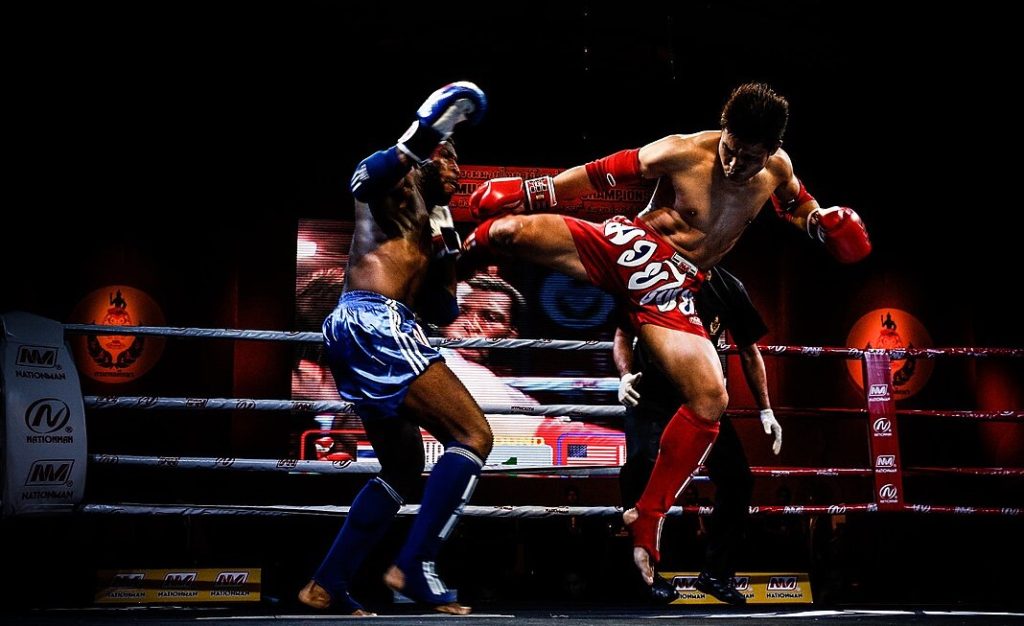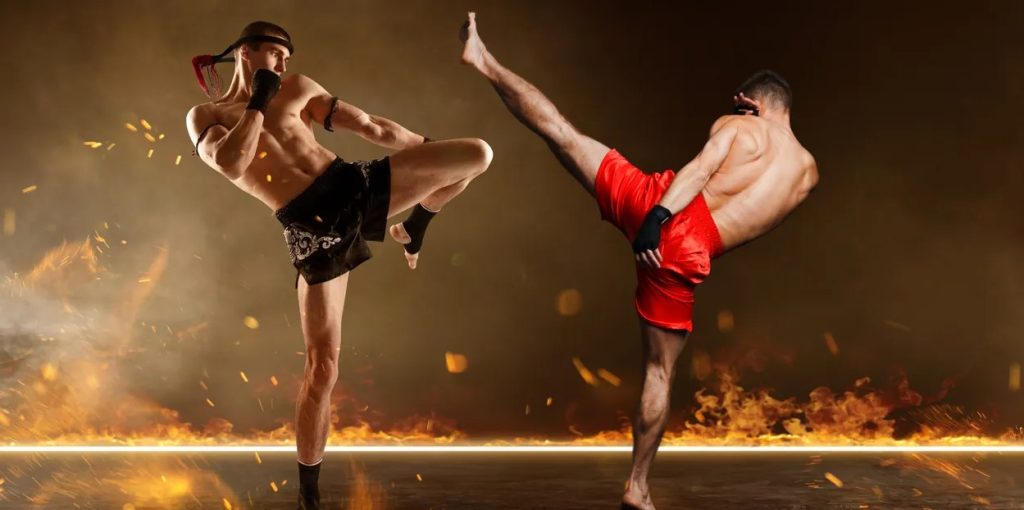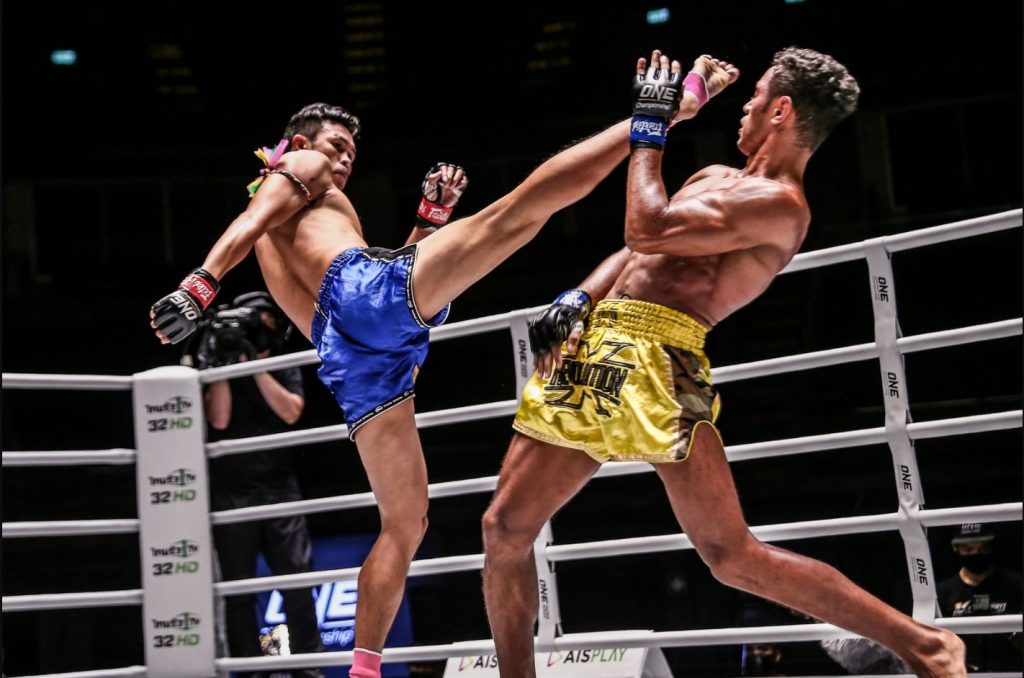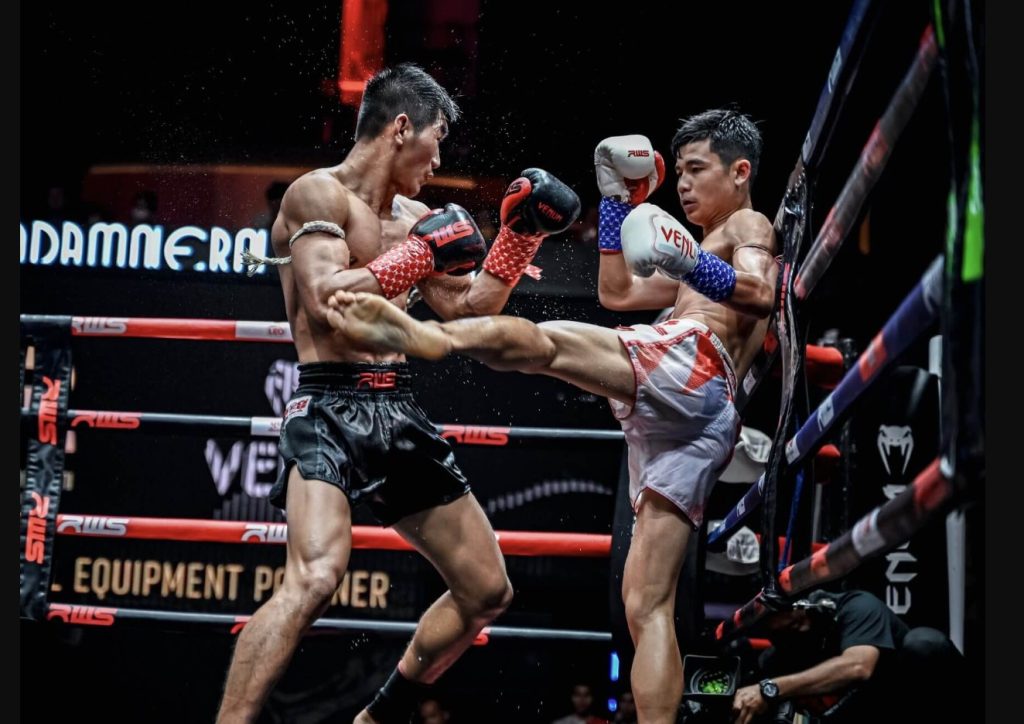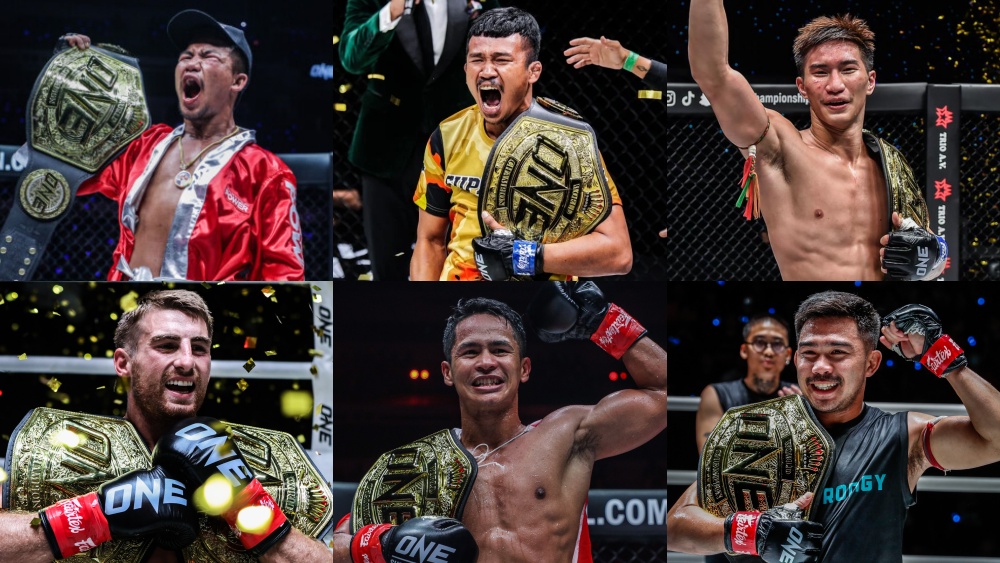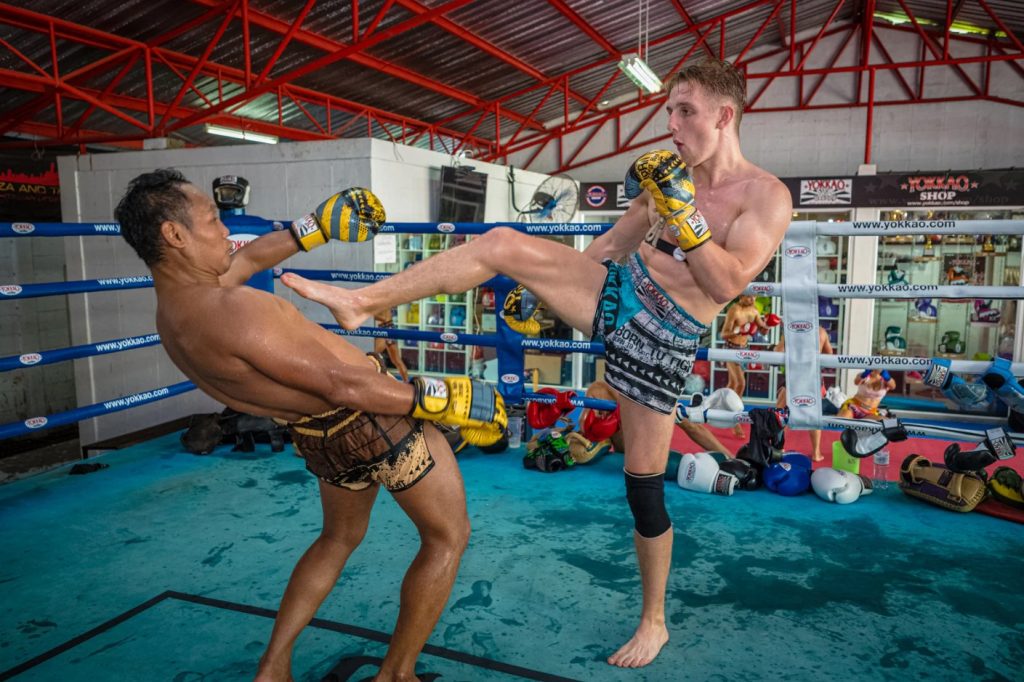How to Win Super Ace 2025
Win: Super Ace is a fast-paced, five-reel online slot game packed with excitement, visuals, and features that can lead to significant payouts — if you know how to play it smart. While slots are ultimately games of chance, understanding the game mechanics, optimizing your approach, and managing your bankroll wisely can tilt the odds a little more in your favor.
Table of Contents
In this article, we’ll break down how to play Super Ace effectively, reveal essential strategies, and provide easy-to-digest tables to help you maximize your chances of winning.
What Is Super Ace?
The game’s main hook lies in its card-based theme, where standard card ranks (like J, Q, K, A) serve as symbols, with the Golden Card and Joker bringing in the spice — these special symbols can transform or substitute to increase your odds.
Objective of the Game
The goal in Super Ace is to land winning symbol combinations across the reels while activating special features like:
- Golden Cards that become Jokers (wilds)
- Multiplier chains that stack with combos
- Free spins that boost reward potential with bigger multipliers
Key Mechanics Overview
| Feature | Description |
|---|---|
| Ways to Win | 1,024 (no traditional paylines; matches on adjacent reels) |
| Golden Card | Appears randomly, becomes a Joker when part of a win |
| Joker (Wild) | Replaces any symbol (except Scatters) |
| Scatter Symbol | 3 or more trigger Free Spins |
| Combo Multiplier | Multiplies winnings for each consecutive combo (x1, x2, etc.) |
Combo Multiplier Strategy
Super Ace uses a cascading reels mechanic: when you win, symbols disappear, new ones fall in, and you may trigger consecutive combos. This is where the multiplier mechanic shines.
Multiplier Table (Base Game vs. Free Spins)
| Combo Count | Base Game Multiplier | Free Spins Multiplier |
|---|---|---|
| 1st Win | x1 | x2 |
| 2nd Win | x2 | x4 |
| 3rd Win | x3 | x6 |
| 4th+ Win | x5 | x10 |
Tip: The real money lies in chaining wins. Don’t aim for just a single big win — look for features that help you stack combos, especially in Free Spins mode.
Bankroll Management
Whether you’re a casual spinner or a seasoned grinder, bankroll management is critical. Super Ace is a medium-to-high volatility slot, meaning you’ll experience both dry spells and streaky runs.
Suggested Bankroll Strategy
| Player Type | Suggested Bet per Spin | Session Budget | Play Style |
|---|---|---|---|
| Beginner | 0.5% of bankroll | $20–$50 | Conservative, long play |
| Intermediate | 1% of bankroll | $50–$100 | Balanced approach |
| High-Roller | 2–3% of bankroll | $100+ | Aggressive, shorter play |
Rule of thumb: Never bet more than 5% of your total bankroll on a single spin.
Free Spins Mode: The Real Jackpot Zone
The Free Spins mode is the highlight of Super Ace. Triggered by landing three or more Scatter symbols, it offers:
- Enhanced multipliers
- Increased wild (Joker) frequency
- Stacked chances at consecutive wins
Free Spins Details
| Trigger Condition | Free Spins Awarded | Can Retrigger? |
|---|---|---|
| 3 Scatter Symbols | 10 | Yes |
| 4 Scatter Symbols | 15 | Yes |
| 5 Scatter Symbols | 20 | Yes |
Pro Tip: If you’re close to 3 Scatter symbols, consider increasing your bet slightly — Free Spins can change your session dramatically.
Symbol Payout Table
| Symbol | Match 3 | Match 4 | Match 5 |
|---|---|---|---|
| Ace (A) | 20x | 40x | 100x |
| King (K) | 15x | 30x | 80x |
| Queen (Q) | 10x | 20x | 60x |
| Jack (J) | 8x | 15x | 50x |
| Number 10 | 5x | 10x | 30x |
| Golden Card | Special | Special | Special |
| Joker (Wild) | Substitutes only – no payout value on its own | – | – |
Advanced Tips and Tricks
- Use Auto-Spin Wisely
Don’t set it and forget it. Monitor your balance and pause if you’re on a losing streak. - Bet Scaling
Start low, but scale your bet after a few non-winning spins to capitalize when multipliers eventually hit. - Time Your Sessions
Sessions of 15–20 minutes are ideal. Longer sessions may cause fatigue, leading to poor decisions. - Avoid Chasing Losses
It’s tempting to go “all-in” after a dry spell. Instead, walk away and come back later with a fresh perspective.
Super Ace Winning Strategy
| Step | Action |
|---|---|
| Learn the Mechanics | Understand reels, symbols, multipliers, and free spins |
| Start Small | Use lower bets to observe patterns |
| Chase Combos, Not Just Wins | Stack consecutive wins to unlock higher multipliers |
| Trigger Free Spins | Maximize bets when near 3+ Scatters |
| Manage Your Bankroll | Set a limit, track your play, and don’t exceed your budget |
| Stay Disciplined | Don’t chase losses — stick to your strategy |
Super Ace isn’t just about luck — it’s about leveraging opportunities when the game starts to heat up. Chained multipliers, smart bankroll management, and triggering Free Spins are all critical elements in maximizing your wins. While no system guarantees success in slot games, playing smart can stretch your playtime and increase your odds.
So get your strategy right, keep your cool, and aim for those golden combos. The next Super Ace jackpot might just be yours.









